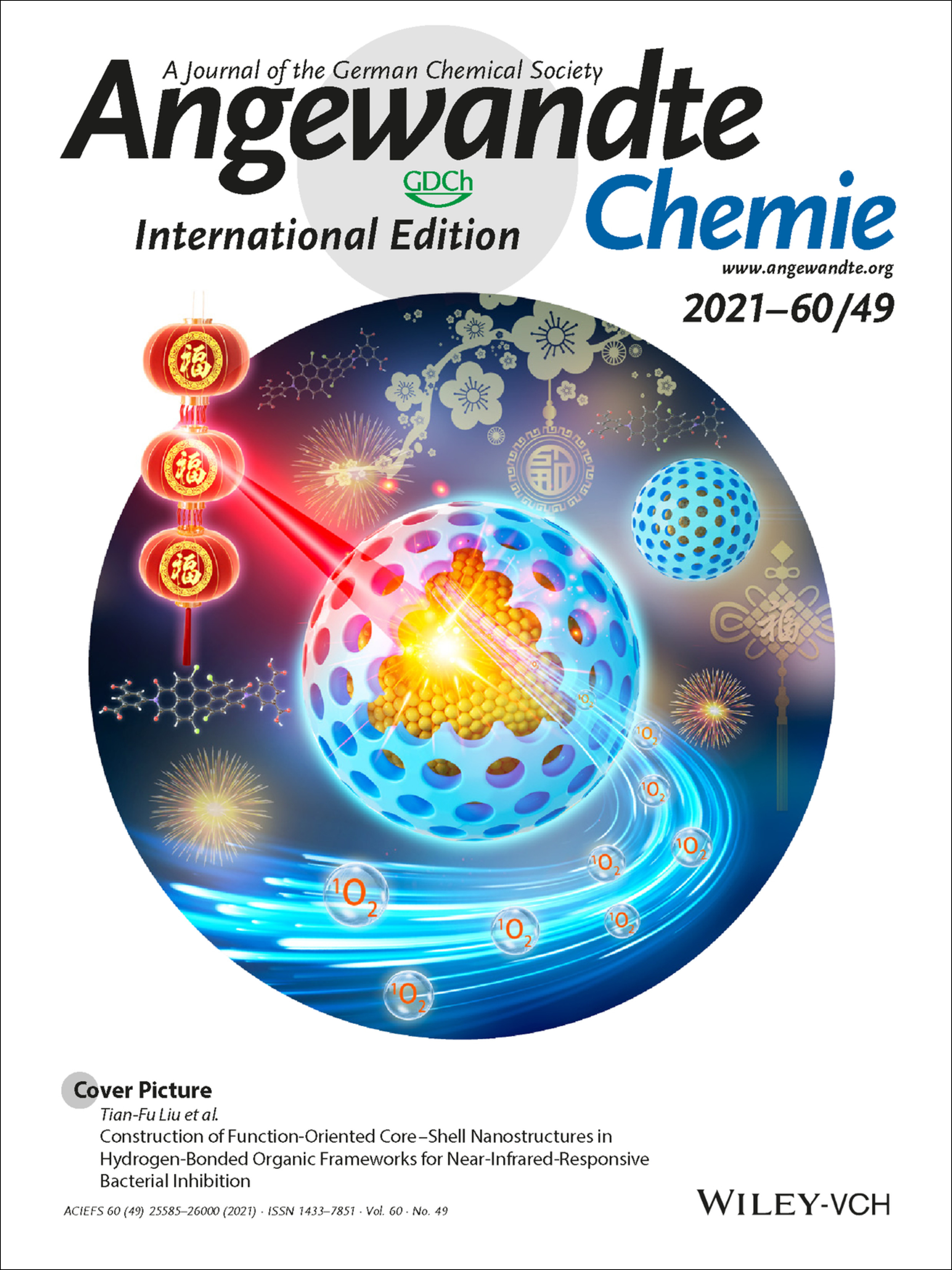Junwei Zhang,Xiaohong Peng,Yunxiang Wu,Huixia Ren,Jingfu Sun,Shiyan Tong,Tianyan Liu,Yiwen Zhao,Shusen Wang,Chao Tang,Liangyi Chen,Zhixing Chen✉
Abstract
Zinc biology, featuring intertwining signaling networks and critical importance to human health, witnesses exciting opportunities in the big data era of physiology. Here, we report a class of red- and far-red-emitting Zn2+ probes with K d values ranging from 190 nM to 74 μM, which are particularly suitable for real-time monitoring the high concentration of Zn2+ co-released with insulin during vesicular secretory events. Compared to the prototypical rhodamine-based Zn2+ probes, the new class exploits morpholino auxochromes which eliminates phototoxicity during long-term live recording of isolated islets. A Si-rhodamine-based Zn2+ probe with high turn-on ratio (>100), whose synthesis was enabled by a new route featuring late-stage N-alkylation, allowed simultaneous recording of Ca2+ influx, mitochondrial signal, and insulin secretion in isolated mouse islets. The time-lapse multicolor fluorescence movies and their analysis, enabled by red-shifted Zn2+ and other orthogonal physiological probes, highlight the potential impact of biocompatible fluorophores on the fields of islet endocrinology and system biology.
https://doi.org/10.1002/anie.202109510

